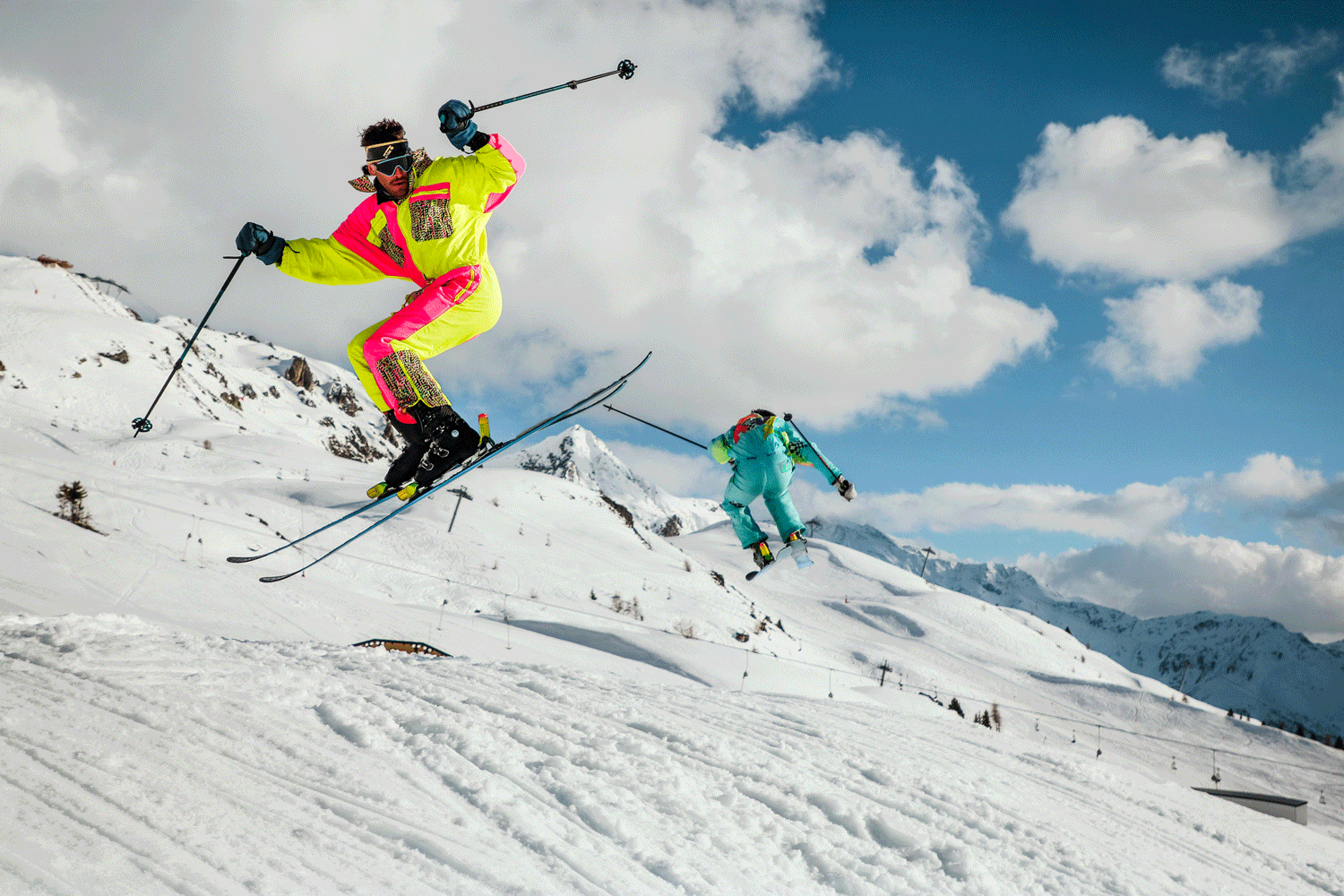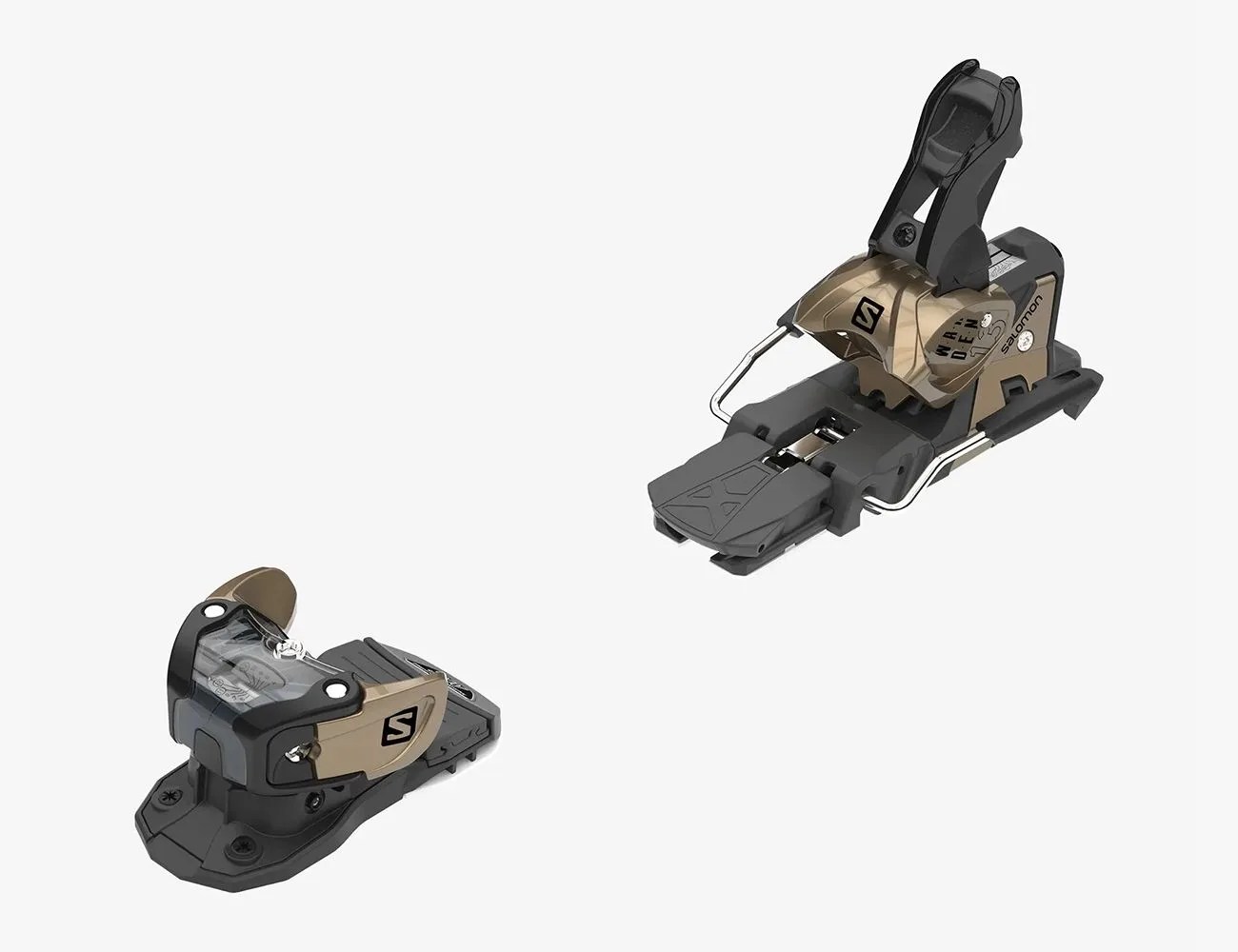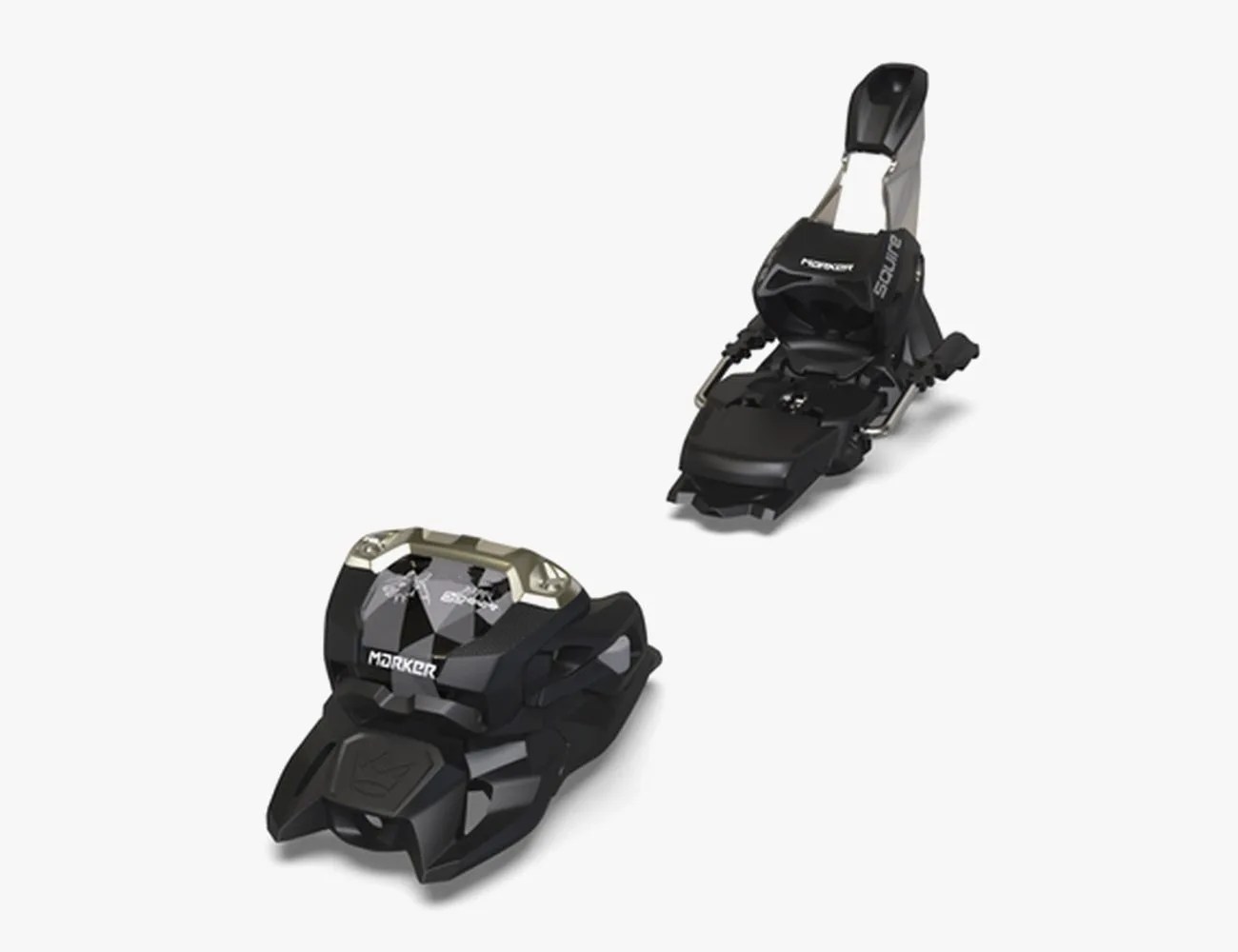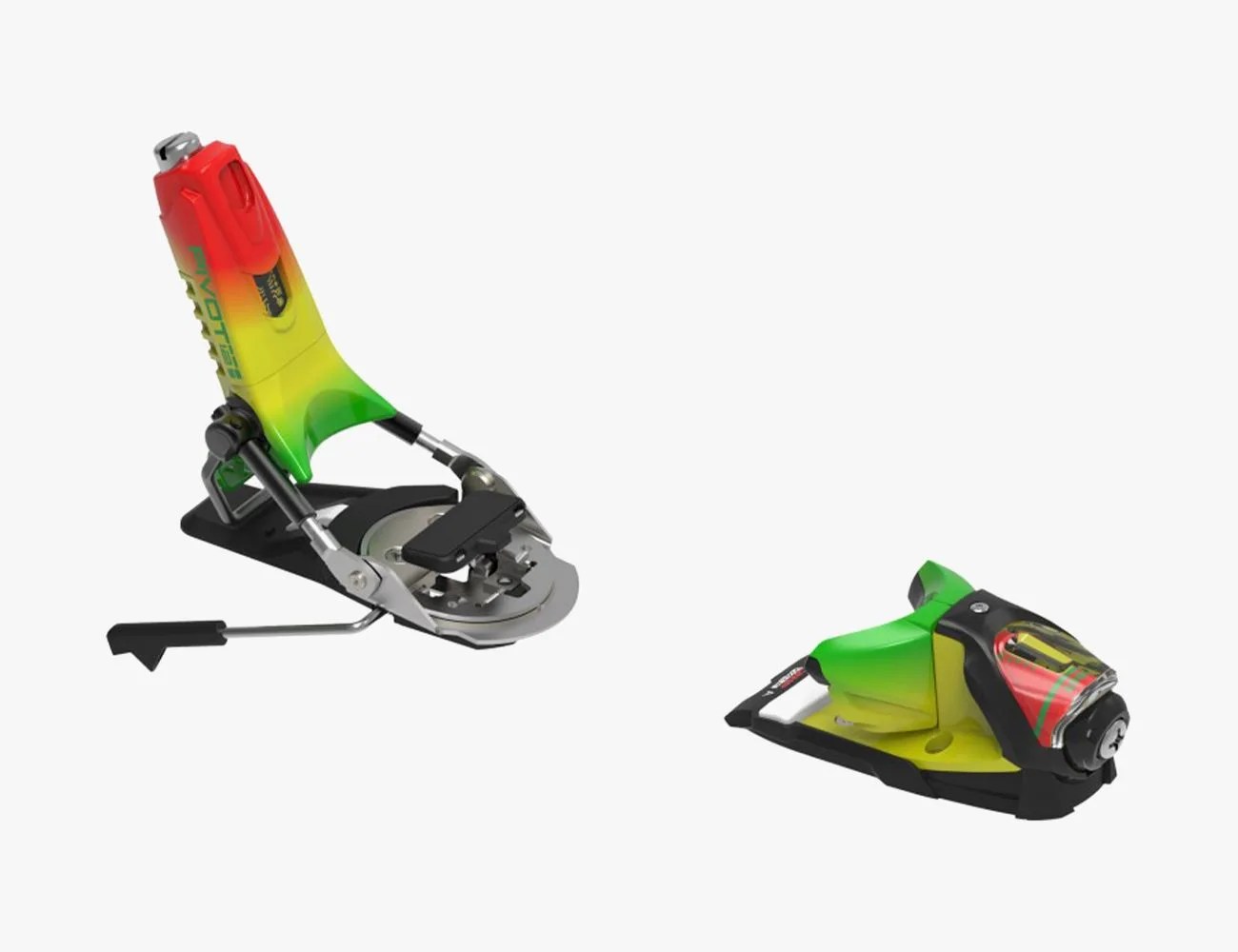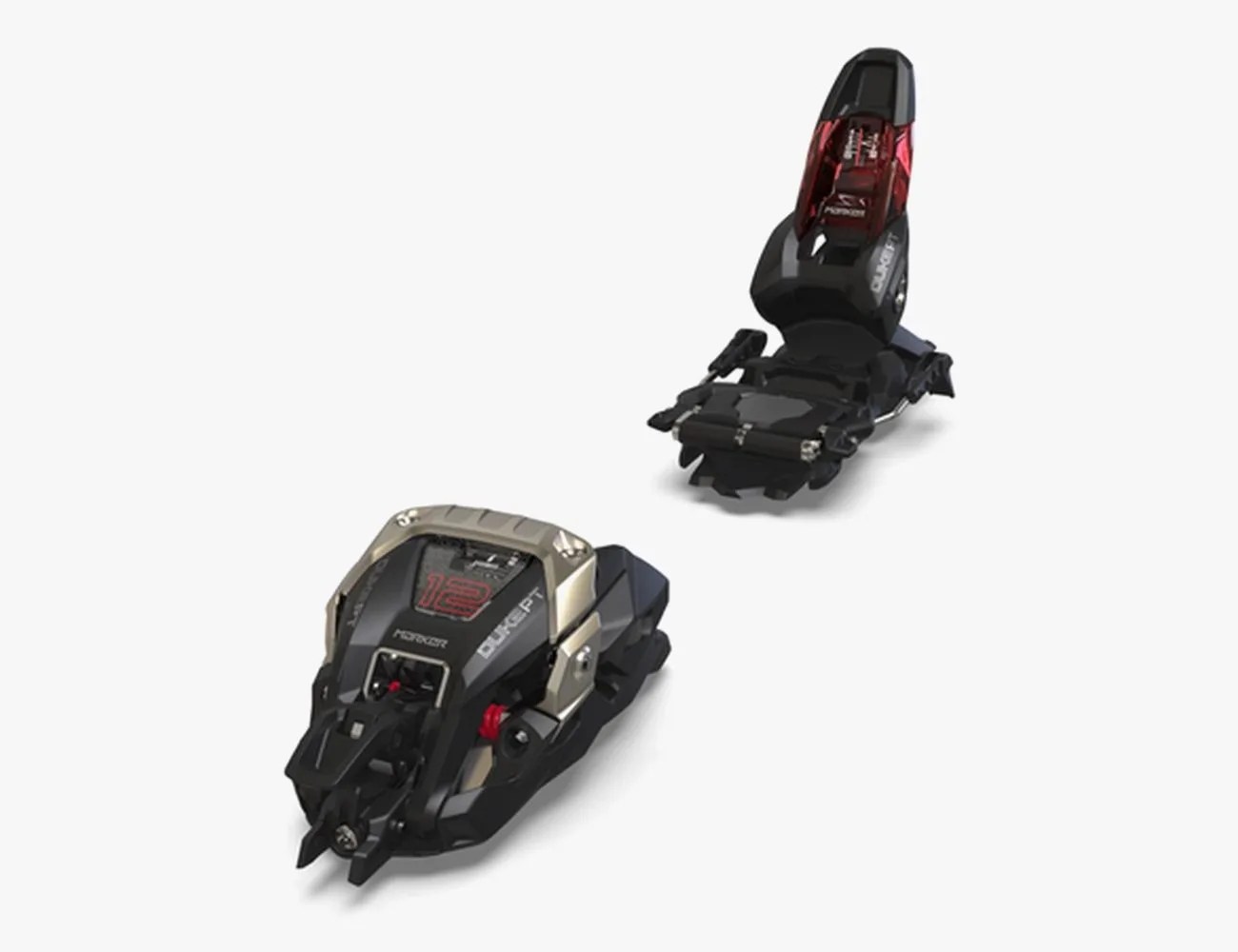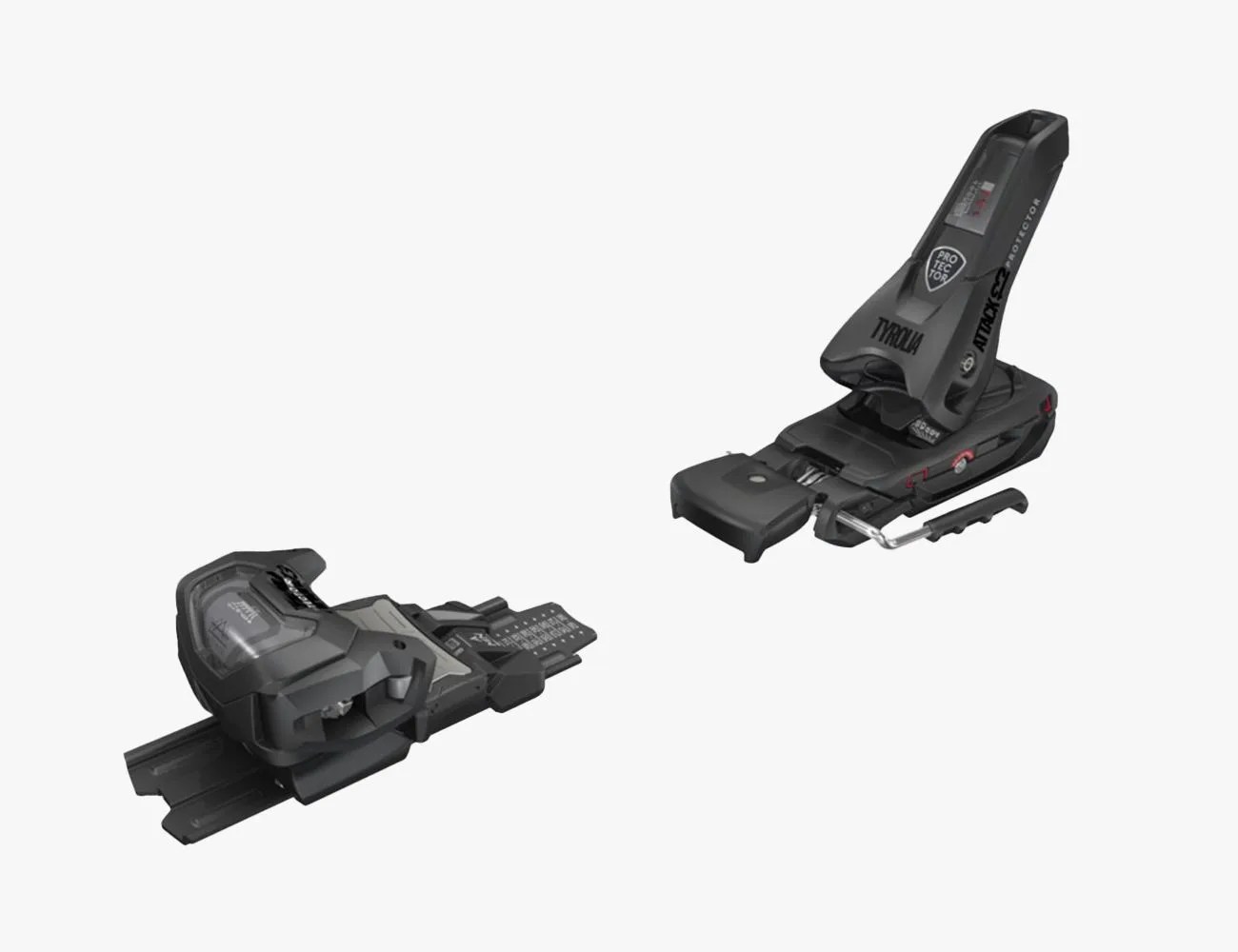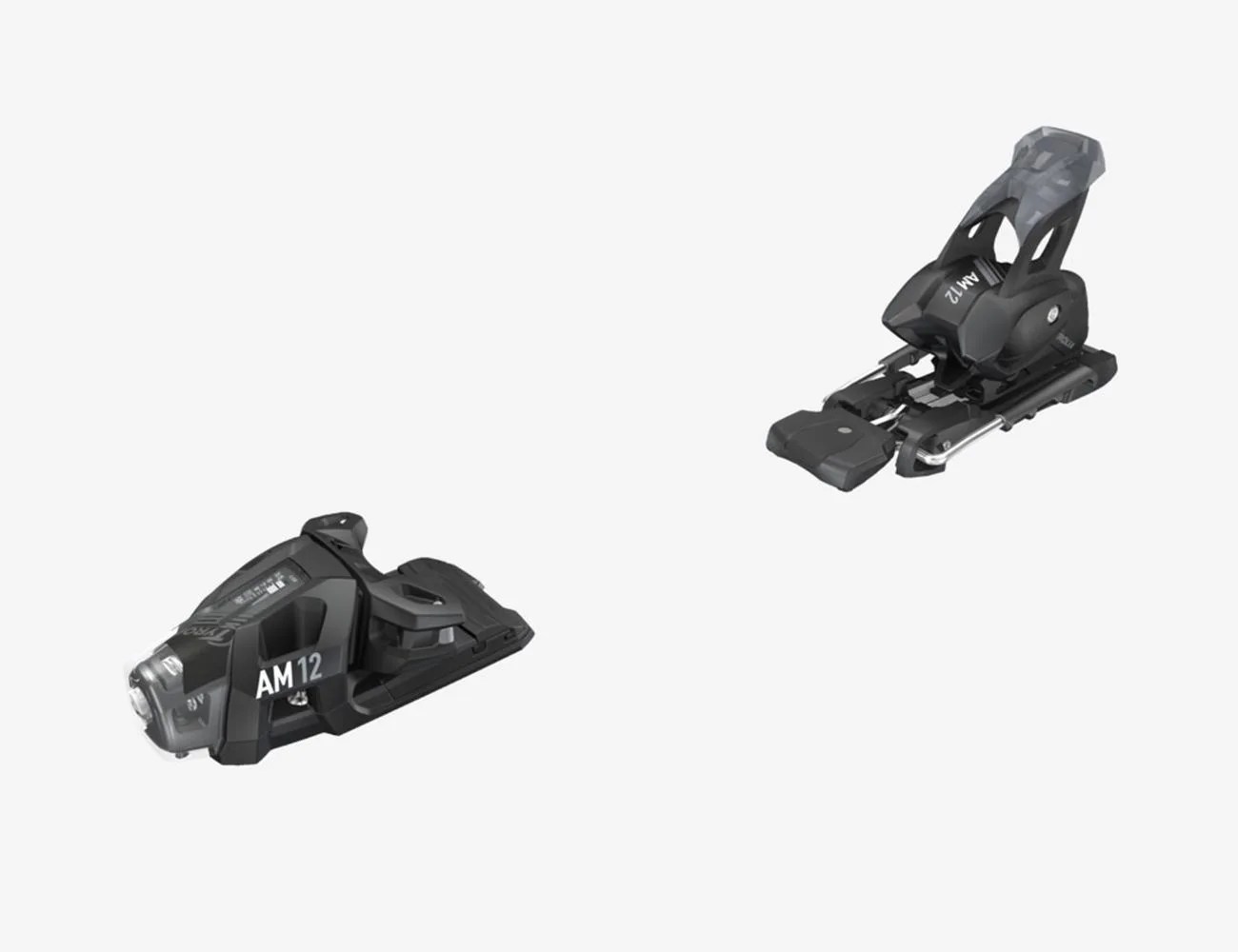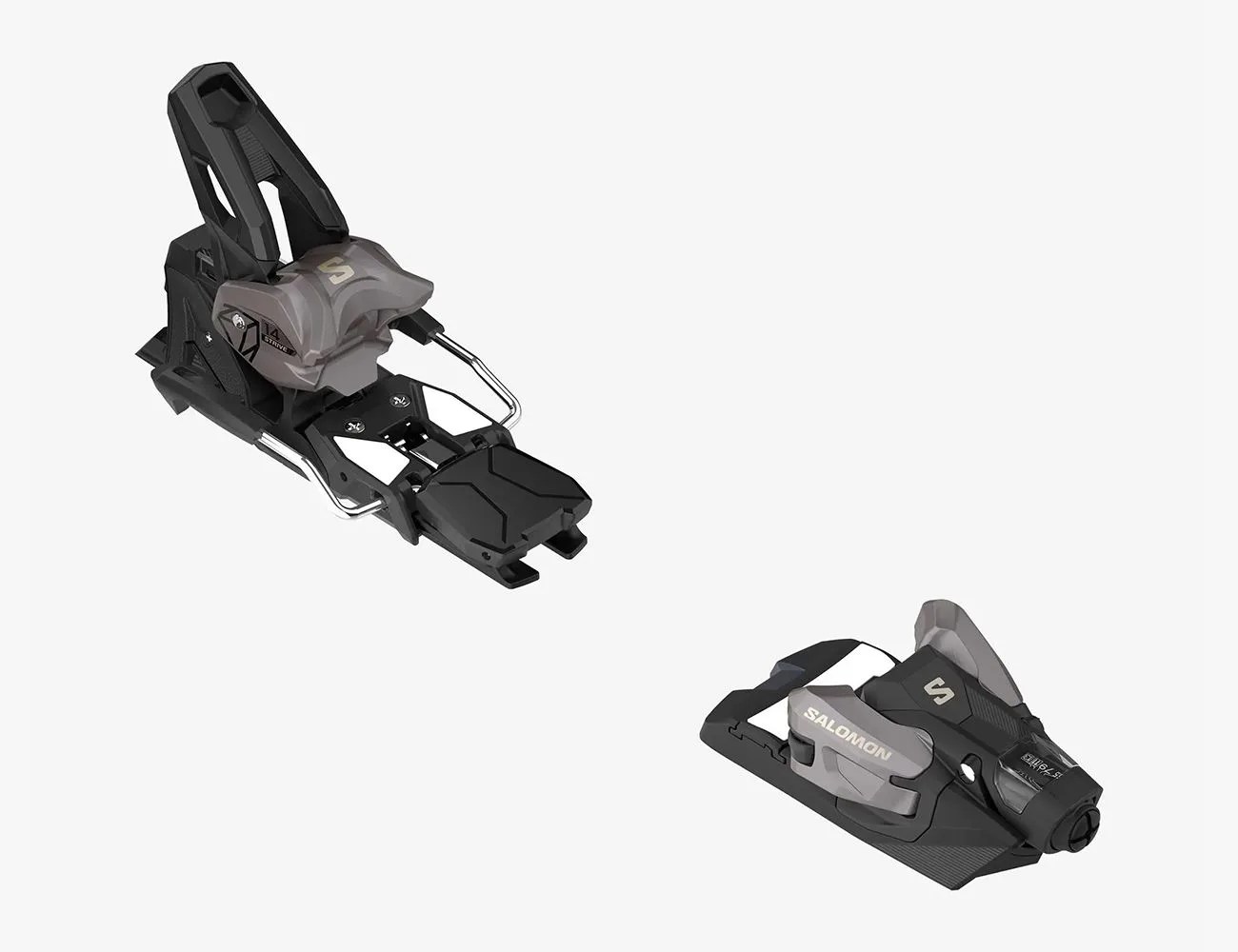The sometimes under-appreciated middle child of the skiing set-up, the binding is the link between ski and boot, both for keeping the skier attached to their skis and transferring pressure and steering from the body to the ski. The binding also has an important safety function: when the pressures exerted on the binding exceed the DIN setting the binding opens, releasing the boot. In other words, the binding doesn’t hold a boot rigidly in place. It allows a few millimeters of movement side to side and upwards. When that forces exceed the play it releases the boot, which helps to prevent injuries. Because of its critical role in racing downhill and carving turns, choosing the right binding takes consideration and care, as well as an assessment of your personal riding style.
Products in the Guide
-
Salomon Warden 13 MN
Best Overall Ski Binding
Read more -
Marker Squire 11 TCX
Read more -
Look Pivot 12 GW
Best All Mountain Bindings
Read more -
Marker Duke PT
Best For Resort and Backcountry
Read more -
Tyrolia Protector Attack 13 MN
Best For Sensitive Knees
Read more -
Tyrolia AM 12 GW
Best Budget Ski Binding
Read more -
Salomon Strive 14 GripWalk
Best Contact
Read more
How to buy bindings
Shopping for bindings involves a balance of several factors, including the skis you will mount them on, where and how you ski, the type of boots you’ll use, and especially your height and weight. And sometimes the decision is made for you. Here are the top factors to consider when picking the perfect binding for you.
Flat skis versus System skis
Among all the variety of skis, when it comes to shopping for bindings they break down into two main categories. System skis (sometimes called integrated) come with a binding pre-mounted, usually on an easy-to-adjust rail system. The manufacturer has already made the decision of what binding to match with the ski. The other category is “Flat skis.” They come without a binding. That’s when you will have to consider your binding options.
Design
All ski bindings share basic anatomy. The toe holds the front of the boot and a heel piece locks down the back. Typically this involves a bump out on the front and back of the boot that creates a lip for the binding to “hold” onto. Downhill bindings share a similar look and function. For backcountry skiing, many lighter-weight bindings “hold” the boot with pins that slide into grooves embedded in the boots.
Either way, the toe and heel piece include a set screw that adjusts the DIN setting, a standardized way of measuring the force needed to open the binding.
